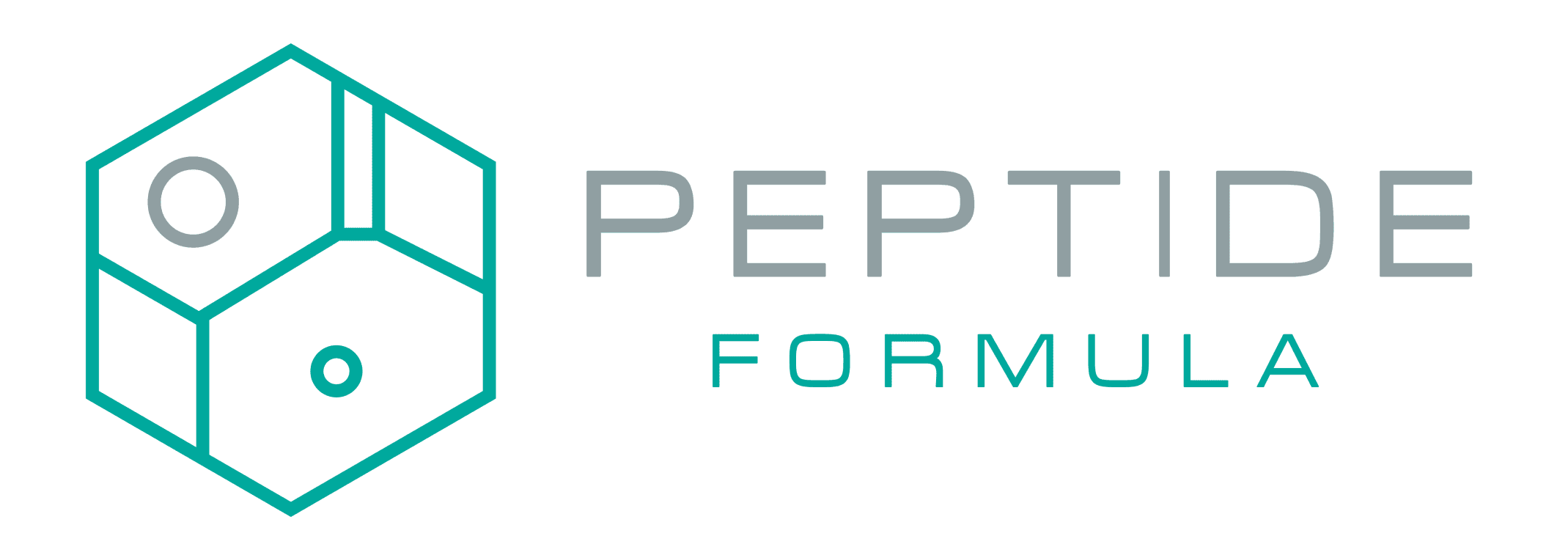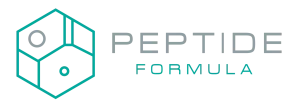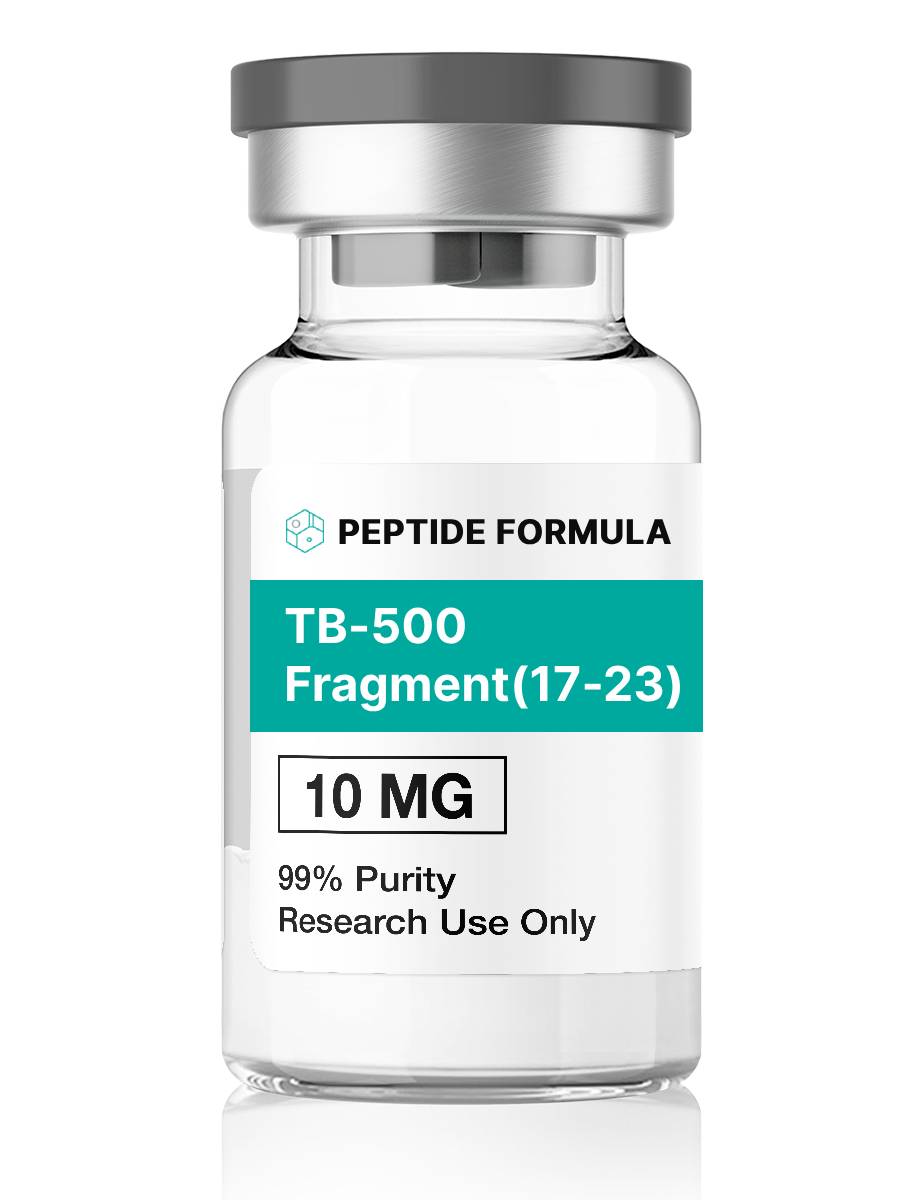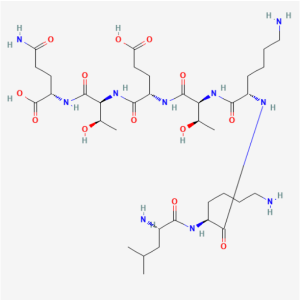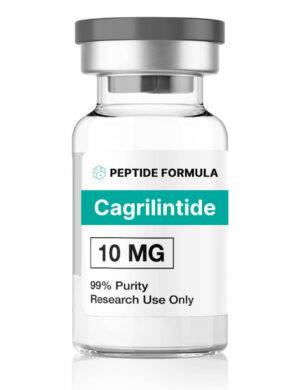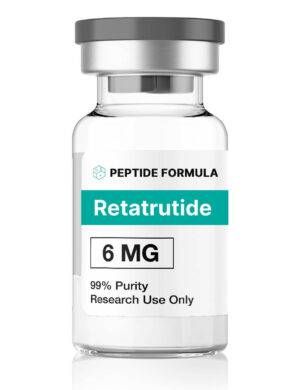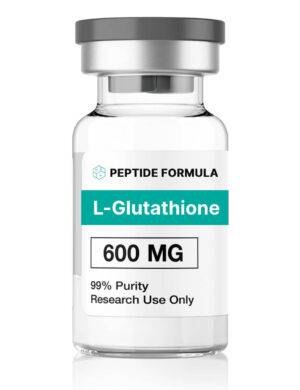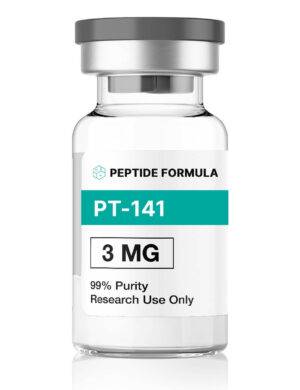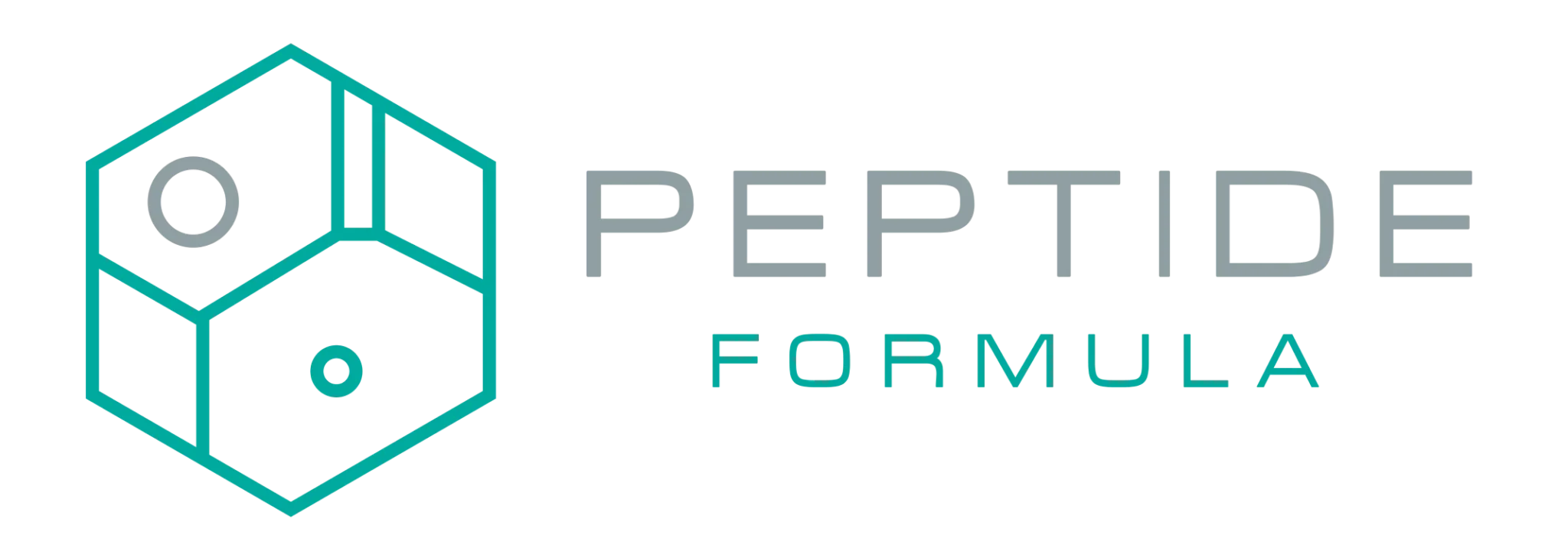TB-500 Fragment (17-23) 10mg
$100.00
TB-500 Fragment (17-23) has been shown to modulate the immune response and alter cell migration patterns. In animal models, these changes have been shown to accelerate wound healing, decrease inflammation, promote blood vessel growth, reduce scar formation, improve musculoskeletal function, and help to slow or reverse the course of certain disease conditions.
Description
TB-500 Fragment (17-23), also called fequ esetide or (17) (LKKTETQ) (23), represents the smallest portion of the thymosin beta-4 molecule that retains the larger protein’s active binding domain. Research indicates that this synthetic derivative of thymosin beta-4 is capable of binding to actin, the molecule inside of cells that is responsible for cell structure, movement (a.k.a. migration), and replication. By altering the function of actin in cells, TB-500 Fragment (17-23) has been shown to modulate the immune response and alter cell migration patterns. This, in turn, can lead to large-scale changes in tissue/organ structure and function. In animal models, these changes have been shown to accelerate wound healing, decrease inflammation, promote blood vessel growth, reduce scar formation, improve musculoskeletal function, and even help to slow or reverse the course of certain disease conditions.
Lorem Ipsum is simply dummy text of the printing and typesetting industry. Lorem Ipsum has been the industry's standard dummy text ever since the 1500s, when an unknown printer took a galley of type and scrambled it to make a type specimen book. It has survived not only five centuries, but also the leap into electronic typesetting, remaining essentially unchanged. It was popularised in the 1960s with the release of Letraset sheets containing Lorem Ipsum passages, and more recently with desktop publishing software like Aldus PageMaker including versions of Lorem Ipsum.
